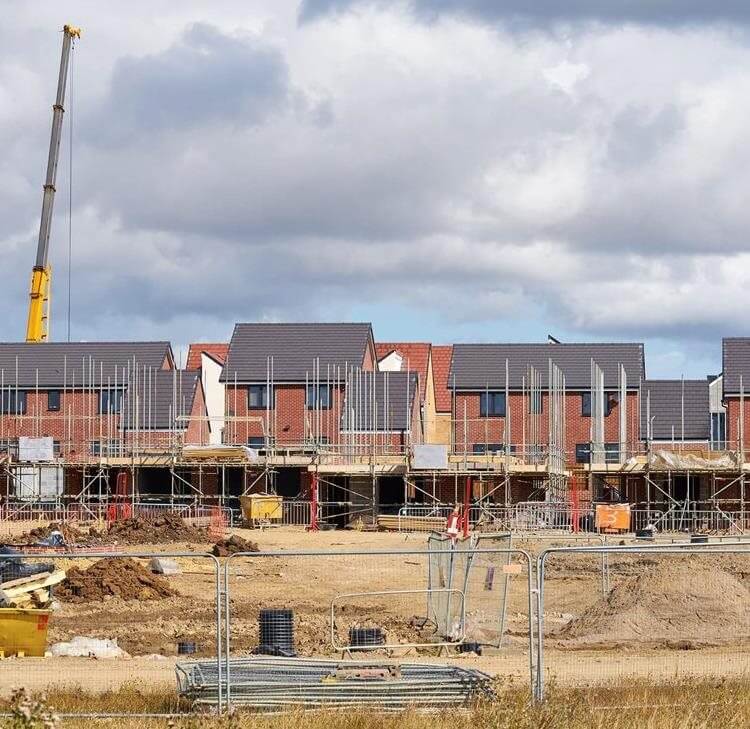Acclimatise - Councils cannot afford to cop out!
How risk managers can help councils understand the benefit of taking more steps to protect citizens and local environments from climate change.
COP26, taking place in Glasgow from 31 October to 12 November, is a once in a generation opportunity for global leaders to change our destiny.
We await the outcomes from the Conference, which will influence the schemes, targets, legislation and funding that will shape our adaptation and mitigation strategies and the UK’s transition to a zero-carbon economy, with net gain for the environment, wildlife and biodiversity.
In August 2021 the Intergovernmental Panel on Climate Change (IPPC) published its Climate Change 2021 – The Physical Science Base report (the Report). It led to alarming headlines around the world about how close we are to missing our window of opportunity to limit global temperature rise to 1.5ºC.
The Report sets out likely regional implications of climate change. For Western Europe, the Report, perhaps unsurprisingly, predicts:
- An increase in temperature of up to 2ºC on pre-industrial levels
- An increase in pluvial flooding (surface water and flash flooding), river flooding and coastal flooding
- An increase in extreme precipitation (storm and rain) events.
On temperature, the Report predicts an increase in extreme heat events, and a decrease in extreme cooling events. This will affect agriculture (with changes to growing seasons and crop resilience) and health (heat related dehydration and heat exhaustion and new diseases, illnesses and parasites); and will force changes to our housing stock (fitting external shutters, increased cooling costs) and possibly to how we live (adapting school and work hours).
Flooding will become much more frequent, from all sources. This requires further investment in flood protection infrastructure; changes to our existing building stock; future building being flood protected or designed to adapt to flooding; and changes to farming practices to safeguard land, crops and livestock.
As well as increased risk of flooding, increased precipitation events could cause damage to highways and greater pressure on drainage systems.
All of this will impact significantly on the insurance industry, leading to increased claims in some areas. For domestic and commercial insurers this will be mainly linked to property damage.
For council risk managers, the impacts are likely to lead to an increase in:
- Claims arising from damaged highways and footpaths.
- Claims arising from damage to properties caused by surface water flooding in areas where a council is the lead local flood authority.
- Claims from council employees suffering from illness caused or exacerbated by heat in the workplace.
- Claims arising from damage to properties caused by extreme precipitation events.
To mitigate these claims, councils can:
- Ensure there is a thorough programme of highways maintenance, together with additional inspections following flooding and extreme precipitation events, with rapid repair.
- Consider council-owned housing stock, its location and the likelihood of it flooding from any source. Where risks are highest, take steps to protect houses.
- Ensure new council housing stock and other council-owned buildings are built to the highest environmental specifications, with embedded future-proofing and sustainability.
- In respect of other council properties, assess location and construction features for the likelihood of all kinds of flooding (particularly pluvial). Don’t rely solely on historic data on flood events to assess risk. Employ new modelling incorporating climate change variations.
- Consider moving essential services from high-risk buildings or sites – for example, refuse architecture and fleet. Consider moving essential assets elsewhere within locations, for example garages uphill, or computer servers and boiler rooms to upper floors. Where relocation is not possible or desired, consider steps to prevent flooding.
- Ensure your council uses its planning function to drive the highest standards in environmental and sustainable specifications for future private buildings – including rainwater harvesting, saturation ponds and marshes, tree planting, urban green spaces, and sustainable urban drainage, which can all help manage surface water flooding.
- Ensure that wherever possible hard standing in its ownership (for example around buildings, on housing estates and in urban centres) is replaced with grass; and that sustainable urban drainage schemes are fitted where appropriate to help reduce the amount of water travelling into surface water drains.
- Regularly inspect, maintain, improve and add surface water drainage systems.
- Adapt properties to be cooler – consider designing in roof overhangs, specifying heat transfer systems like heat pumps, installing external shutters or awnings or heat reflective glass, improving insulation, and growing foliage outside of buildings.
- Consider working patterns for employees at the hottest times of the year so they can work in the coolest parts of the day.
All of the above are sensible investments which will produce a cost benefit gain long-term, when offset with the costs of retrofitting in the future, as well as probable heat-related claims that may arise. However, without doubt, the most effective way to mitigate projected changes in our climate is to limit global heating to less than 1.5ºC.
Councils are uniquely placed to work with local communities and businesses to contribute to zero carbon communities, and environmental gain equates with humanity’s gain. Risk managers can help councils understand the cost benefit analysis of taking more significant steps to protect citizens and local environments from the most damaging impacts of climate change.
First published in www.alarmrisk.com on Tuesday 2 November.









































